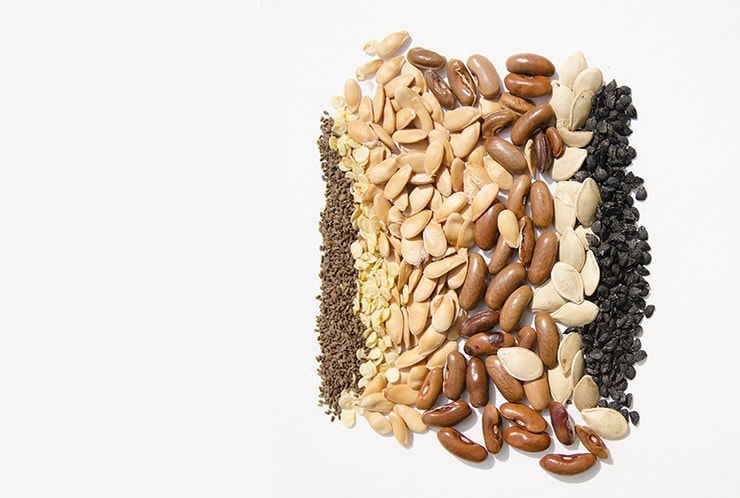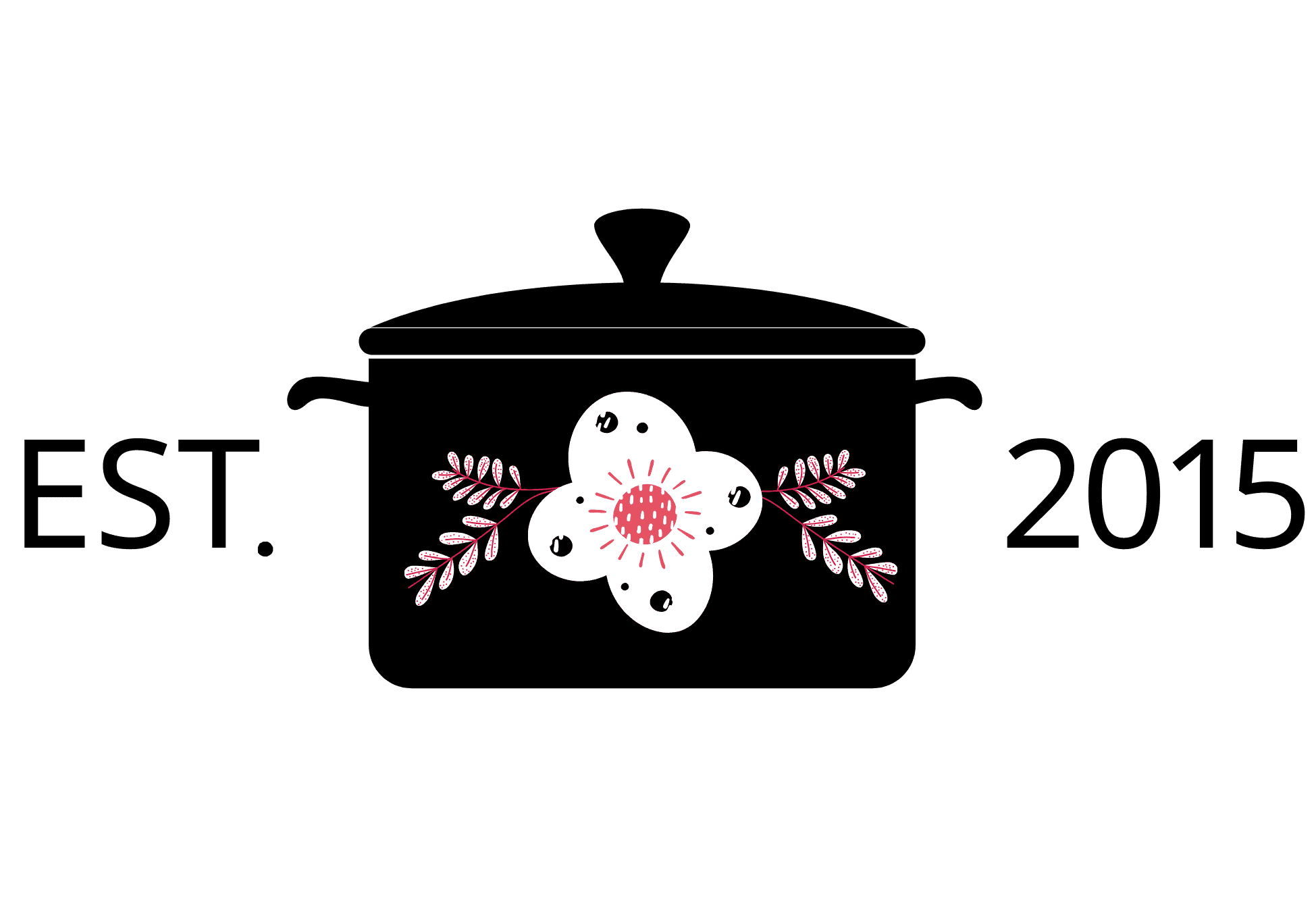If you’ve ever wanted to save your own seeds, these Seed Saving 101 tips and cute envelopes will get you started on next year’s garden! It’s an easy project even kids can accomplish, that will save you money by using the seeds that you already have!

As the end of the summer approaches I always enjoy seeing all of the luscious fruit and veggies in my backyard garden and begin thinking about my next year’s planting. In my beginning gardening days, I always looked forward to buying seeds each spring, but as time passed, I realized that I was buying what my plants were already giving me! Gradually, I began collecting seeds from my vegetable and herb gardens and even from particularly yummy varieties of plants from my farmer’s market and even the grocery store.
Although I drool over the Baker Creek Seed Catalog, wanting to grow every heirloom plant I see in it, I know there are certain staples I will grow every year, so why not save the seeds my plants are providing me? Things like basil, peppers, tomatoes, squash. Often one fruit will provide enough seeds for a home garden for an entire season.
Once I began saving seeds, I found it impossible to stop. But I found that the way I was saving the seeds would sometimes lead to confusion the next spring as I had forgotten what seed was in what bag or jar, because, really, who can tell the difference between a Jalapeno and a sweet bell pepper seed? So labeling is really important, especially because those seeds make excellent small gifts, as hostess gifts, stocking stuffers, and if you are old fashioned like me, party favors ! But you probably don’t want to give your grandmother habaneros labeled as sweet peppers!
In order to avoid this mix up, you have to be organized from the moment you collect the seeds. So here are seven easy steps to start saving seeds :
- Collect seeds from mature fruits or flowers. For plants like tomatoes, peppers, melons and herbs, this is super easy. A ripe tomato will usually have ripe, viable seeds. For plants like squash, cucumber, beans, eggplant and okra, you may have to let the fruit grow until it is fully mature, which means it might not be enjoyable to eat, as it may be tough, sour or overripe. Just, pick the seeds out leaving behind the flesh for your compost pile or worm bin. For plants like lettuce, herbs, cauliflower, broccoli, and carrots, you will have to collect the seeds from the flowers once they bloom. I usually find it easiest to pick the whole flower at this point.
- Wash your seeds. You can skip this step for seeds that come from flowers, but for seeds that come from juicy, sticky fruits, you must wash off the residue. For large seeds like those from a squash or melon, place them in a colander. For small seeds like those from a tomato, place seeds in a fine mesh sieve and rinse the seeds thoroughly.
- Place your seeds on a non-stick surface. Wax paper, plastic wrap, parchment paper and freezer paper are all good choices. Simply place your seeds on your preferred drying surface. If you are saving seeds from flowers, I often find it easiest to place the flower heads in a paper grocery bag.
- Label your seeds. Write the name of the plant on the bag or place a labeled post-it-note next to your drying surface.
- Dry your seeds. Let your seeds air-dry for one to two weeks or longer. For flowers, its helpful to let the flowers completely dry out. At that point, the seeds often will fall out on their own. Don’t worry, the bag will catch them!
- Remove any debris from the seeds. You may find that blowing gently on your seeds will remove the chaff from the seeds. Don’t worry if a little is left behind.
- Store your seeds. You can use small jars, plastic bags or a folded piece of paper to store your seeds, but whatever container you use, make sure to label it with the plant type and variety. Now place your seeds in a cool, dry location.
Seed saving is really that simple! For me, the most complicated part is finding space for all the seeds I have drying…But here are a few things to keep in mind:
- If you are growing multiple varieties of a plant, such as Italian Basil and Thai Basil, cross-pollination may occur resulting in a hybrid. I usually don’t find this to be an issue. The plants that result will still be edible and usually very similar to the original plant, but every few years I will start over with seeds from a commercial grower. In my city garden, I simply can’t expect to collect pure seeds because it’s impossible to my tomato varieties acres apart. But a tomato is a tomato, right?
- The older the seeds get, the less likely they are to germinate, so don’t save more than you can use of share in a year or two.
- Stick with heirloom varieties for the most predictable results. Seeds from a commercially bred hybrid are unlikely to produce the same variety.
To get you started I created these adorable Seed Packages for you to use. The examples here are made of brown craft paper and kids construction paper and both are super pretty. That’s right, we have stylish seeds ;-)
Aren’t you excited to give seed saving a try? Let me know how it goes by leaving a comment below!
If you enjoyed this post, please take a moment to share it with a friend, using the buttons below. Thanks!









Melissa Storms says
I am pinning this post. I have saved seeds before but I wasn’t very organized and lost a lot of them. I plan to save as many seeds as possible from the Black Beauty tomatoes I have started. They are eye catching, unusual and prolific plants and it cost me $5 for 15 seeds so I would love to keep enough for the next season each year.
bjahlstrom says
I saved my first seeds from a delicata squash I got from the grocery store. There were no seeds or plants of that variety in any nursery in our small town! I was giddy when they sprouted! They are doing well so far in our garden.
Vintage Kitty says
That’s awesome! I’m having a tough year with my seeds. The only tomato that sprouted were ones I saved, so it definitely pays off to save those seeds. Keep up the great work!
Jamie says
I love collecting seeds, and I have found a use for the many empty prescription bottles lying around at home. Of course, I peel off the labels, wash and dry them, and they are ready. I use a permanent marker to label them.
Vintage Kitty says
That’s a great idea Jamie! Waste not, want not!